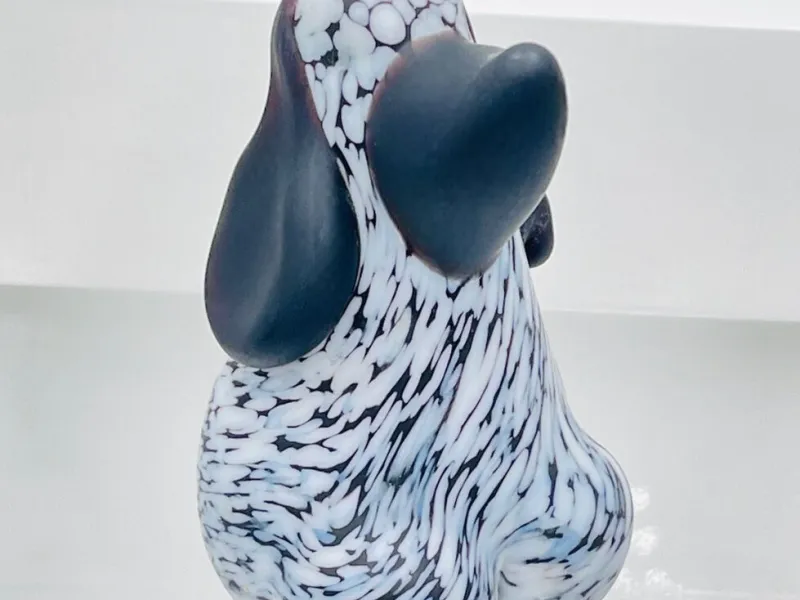Manufacturers and designers recreated some ancient Egyptian and Roman glassmaking processes in the early 20th century.
Cameo cutting removes part of the top layer of multilayered glass to make a design. Ancient Egyptians, Romans, and Chinese people in the 1800s used this method.

Cire perdue is a way to shape glass. The name means “lost wax.” A wax model is made in the artist’s desired shape and size. It is put in a mould made of plaster, which has an opening at the top. Heating the mould causes the wax to melt and run out. Molten glass or glass paste is put into the mould to make the finished piece.

Iridescence happens when glass is buried in the soil. Archaeologists found Roman glass-inspired glassmakers in the 1800s to recreate the chemical reaction that gives the iridescent glass its shine.

Chipped ice or hammered glass looks like it has been chipped. The all-over finish is made by putting glue on the outside of a finished piece and then firing it, which cracks the glue. As pieces of the hardened glue pop off, holes are left on the surface.
Enameled Glass was a technique used by glassmakers in the 1100s. The glass was “painted” with powdered glass and oil and then heated. Art nouveau designs often looked like the gold-enamelled scrollwork on Islamic rosewater bottles, which came in many colours.
The frosted glass looks like old glass worn down by the weather. The matte finish is made by treating the surface with acid or sandblasting. The frosting makes the colourless glass look grey.

Pate-de-verre, which means “glass paste,” was used for the first time by the Egyptians about 3,600 years ago. Crushed glass is mixed with an adhesive and then pressed into a mould.
Sources
Byars, M., & Riley, T. (2004). The design encyclopedia. Laurence King Publishing. https://amzn.to/3ElmSlL
More on Glassware Design
More design articles
Discover more from Encyclopedia of Design
Subscribe to get the latest posts sent to your email.





